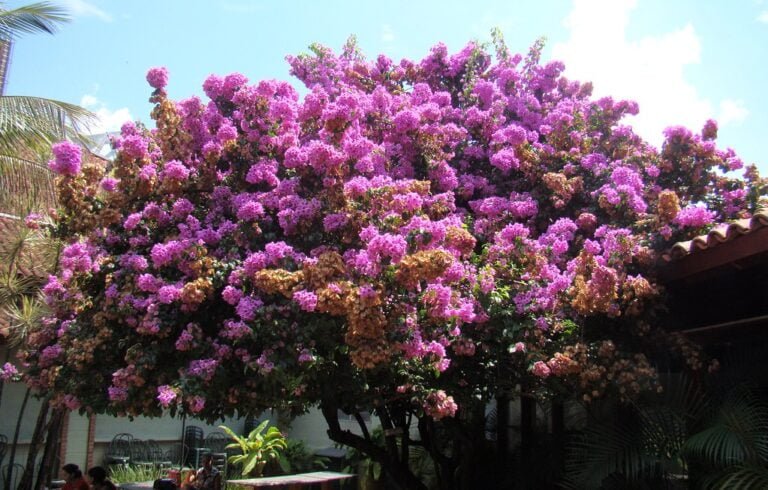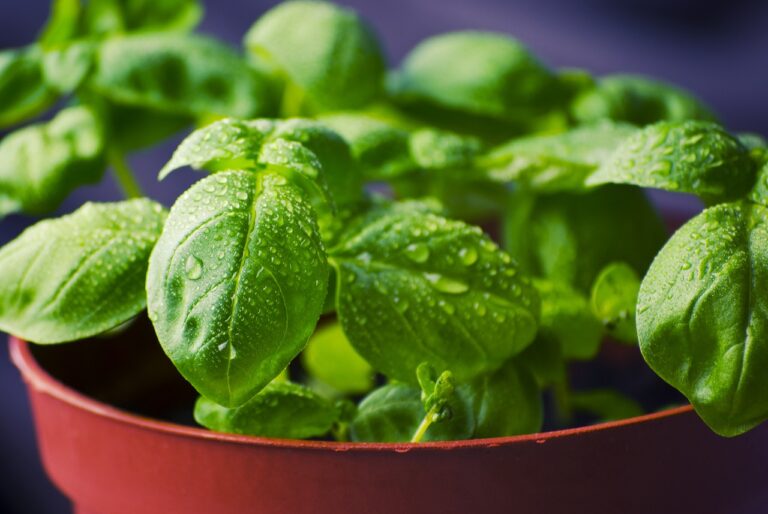Houseplants
Houseplants benefit indoor environments by purifying air, absorbing toxins, and improving well-being. Choose plants based on lifestyle, space, light, and pets, ensuring proper growth conditions. Watering frequency varies by plant type and environmental factors. Light and soil needs should be met for best health. Maintain a balance of light, water, and care for robust growth. Regularly inspect for pests and diseases. Popular varieties include Monstera and Snake Plant. For beginners, try Snake Plant or Peace Lily. Improve your home with Boston Fern or Peace Lily. Learn more about houseplants’ care and types for a greener living space.
Benefits of Having Houseplants
Houseplants greatly improve indoor environments by actively purifying the air and positively impacting human health and well-being. These green allies are not just for decoration; they play a crucial role in creating a healthier atmosphere within our homes. By absorbing toxins like formaldehyde and benzene, commonly found in indoor environments due to furniture and cleaning products, houseplants act as natural air filters. Through the process of photosynthesis, they release oxygen, increasing the overall air quality and making it more pleasant to breathe.
Moreover, the presence of houseplants has been linked to various psychological benefits. Studies have shown that having greenery around can reduce stress levels, enhance mood, and contribute to an overall sense of well-being. This can lead to a more relaxed environment, perfect for unwinding after a long day. In addition, certain houseplants, such as Aloe Vera and Lavender, offer medicinal properties that can aid in faster recovery from illnesses, further showcasing the multifaceted benefits of indoor plants.
Furthermore, the calming and soothing nature of indoor plants can improve concentration and productivity. By creating a peaceful ambiance, houseplants can help individuals focus better on tasks at hand. It’s fascinating how something as crucial as incorporating houseplants into our living spaces can have such profound effects on both our physical and mental health.
Choosing the Right Indoor Plants
When selecting indoor plants, it is important to consider aspects such as your lifestyle, available space, lighting conditions, and pet-friendliness. Take into account the size of your living area to make sure that the indoor plants you choose have sufficient space for ideal growth. Matching plants with appropriate light requirements is vital for their overall health and development indoors. If you have pets at home, it is recommended to choose pet-friendly indoor plants to avoid any potential risks associated with toxic plants.
To effectively navigate the wide range of indoor plant options, tools like the Lively Roots Plant Quiz can be valuable resources. These tools can assist you in choosing indoor plants that align with your preferences and the specific conditions of your living space. By utilizing such resources, you can make informed decisions that cater to both your lifestyle and the needs of the indoor plants you wish to cultivate.
Caring for Indoor Houseplants
I will now address important aspects of caring for indoor houseplants, focusing on watering frequency, light requirements, and soil and nutrient considerations. Watering frequency is essential, as overwatering can lead to root rot, while underwatering can cause wilting and stunted growth. Proper light exposure is crucial for photosynthesis, influencing plant growth and overall health. Additionally, ensuring the correct soil composition and providing adequate nutrients are crucial for the sustained well-being of indoor plants.
Watering Frequency
Considering the diverse watering requirements of different indoor plant species, it is vital to carefully assess factors such as plant type, pot size, and environmental conditions to determine the appropriate watering frequency for peak plant health. Overwatering can lead to root rot, while underwatering may cause wilting and stress. Most indoor plants tolerate dry conditions better than excessive moisture, making it generally safer to underwater than overwater. The frequency of watering indoor plants typically varies from once a week to every few weeks, depending on the specific care needs of the plant species. To prevent waterlogging, it is crucial to check the soil moisture level before watering. This practice guarantees optimal growth and health for indoor houseplants.
Light Requirements
Understanding the specific light requirements of indoor houseplants is essential for ensuring their best health and growth. Different plants have specific needs in terms of light exposure. Low light plants like Snake Plants and ZZ Plants thrive in spaces with minimal natural light. They are suitable for rooms with few windows or shaded areas. Medium light plants such as Pothos and Philodendrons do well in areas with moderate light exposure, making them versatile for various room conditions. On the other hand, bright indirect light plants like Monsteras and Fiddle Leaf Figs prefer indirect sunlight to prevent leaf burn while still receiving an adequate amount of light. Providing the correct light conditions based on the specific needs of each plant is vital for their overall well-being.
Soil and Nutrients
To guarantee ideal growth and health of indoor houseplants, it is vital to choose well-draining potting soil that prevents waterlogging and root rot. Carefully selected potting soil enriched with organic matter like peat moss or compost provides necessary nutrients and improves soil structure. Regular fertilization during the growing season with a balanced liquid fertilizer supports healthy growth and blooming. However, over-fertilizing should be avoided to prevent fertilizer burn and root damage. Monitoring the pH level of the potting soil is critical to make sure it falls within the best range for the specific indoor plants being cared for. By paying attention to soil quality and nutrients, indoor houseplants can thrive and flourish in their environment.
Indoor Plant Care Tips
Maintaining indoor plants demands a precise balance of light, water, and attentive care tailored to each plant’s unique requirements for robust growth. When caring for quality plants indoors, it is important to take into account their specific needs. Adequate lighting is essential for photosynthesis, the process that allows plants to produce energy for growth. Some plants thrive in bright, indirect light, while others prefer low-light conditions. Watering practices also vary among species, with some plants needing frequent watering and others preferring to dry out between waterings to prevent root rot.
Regularly inspecting plants for pests and diseases is essential to guarantee their health. Pruning dead leaves and flowers not only improves the plant’s appearance but also promotes new growth. Rotating plants regularly promotes even growth by ensuring all sides receive adequate light. Temperature and humidity levels should be adjusted based on individual plant requirements, with most indoor plants thriving in temperatures between 65-75°F and a humidity level of around 40-60%.
Proper drainage is critical to prevent waterlogged soil, which can lead to root rot. Repotting annually during the growing season allows plants to have sufficient space for root expansion and ensures they have access to fresh nutrients. Providing the right soil type and pot size for each plant is necessary for sustaining healthy indoor plants.
Popular Houseplant Varieties
I’ll introduce the common houseplant types, provide essential care tips for healthy plants, and recommend the best varieties for beginners.
Common Houseplant Types
Among the various assortment of popular houseplant types, Monstera deliciosa, Ficus lyrata, Sansevieria trifasciata, Epipremnum aureum, and Spathiphyllum spp. stand out as favored varieties known for their distinct characteristics and simplicity of maintenance. Monstera deliciosa, with its unique leaf fenestrations, adds a tropical feel to any indoor space. Ficus lyrata, also known as the fiddle leaf fig, features striking, large leaves that elevate interior aesthetics. Sansevieria trifasciata, the snake plant, is a resilient choice for low-light areas and is ideal for individuals seeking low-maintenance options. Epipremnum aureum, the golden pothos, is a versatile vine that thrives in various conditions, making it perfect for beginners. Spathiphyllum spp., such as the peace lily, not only boasts elegant white flowers but also contributes to indoor air purification.
Care Tips for Houseplants
As we explore the care tips for popular houseplant varieties like Monstera deliciosa, Ficus lyrata, Sansevieria trifasciata, Epipremnum aureum, and Spathiphyllum spp., it is essential to understand the specific requirements each plant has to thrive indoors. Here are some vital care tips for these plants:
- Monstera deliciosa:
- Requires bright, indirect light.
- Water when the top inch of soil is dry.
- Ficus lyrata:
- Thrives in bright, indirect light.
- Keep soil consistently moist but not waterlogged.
- Sansevieria trifasciata:
- Tolerates low light conditions.
- Water sparingly, allowing the soil to dry out between waterings.
- Epipremnum aureum:
- Adaptable to various light conditions.
- Water moderately, ensuring good drainage for the roots.
Best Houseplants for Beginners
Beginners looking to start their indoor plant journey can find success with popular houseplant varieties known for their low-maintenance nature and adaptability to differing light conditions. Some top choices for novice plant parents include the Snake Plant, Pothos, Spider Plant, ZZ Plant, and Peace Lily. These plants offer a range of benefits such as air purification, easy propagation, elegant blooms, versatility, and minimal watering needs. The Snake Plant excels at purifying the air, while the Spider Plant readily produces offshoots for propagation. Peace Lilies add a touch of elegance with their white flowers. Pothos can thrive in various environments, making them a versatile option. ZZ Plants are resilient and require infrequent watering, ideal for beginners honing their plant care skills.
Enhancing Your Home With Plants
Improving your living area with a variety of indoor plants can greatly elevate the atmosphere and energy of your home. When looking to enrich your home with plants, consider the following:
- Boston Fern: This graceful plant with its feathery fronds adds a touch of greenery that can soften the look of any room. Its air-purifying qualities make it a great addition to spaces where clean air is a priority.
- Pygmy Date Palm: With its elegant appearance and low maintenance requirements, the Pygmy Date Palm can bring a tropical feel to your living space. Its compact size makes it suitable for various rooms in your home.
- Peace Lily: Known for its striking white blooms and dark green leaves, the Peace Lily is a popular choice for enriching indoor spaces. It not only adds beauty but also helps in improving air quality by removing harmful toxins.
- Snake Plant: This resilient plant is perfect for beginners and thrives in low light conditions. Its architectural shape and air-purifying abilities make it a versatile addition to any room.






